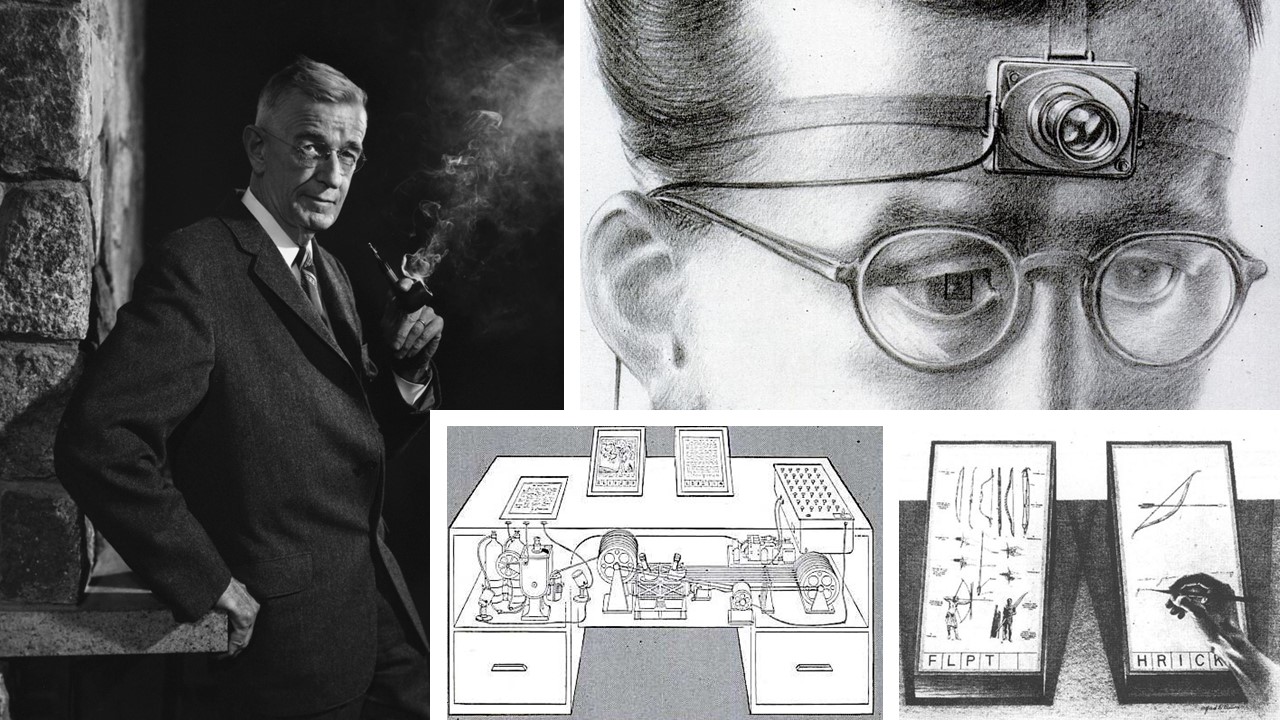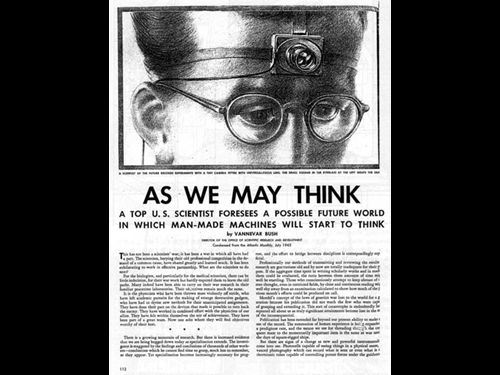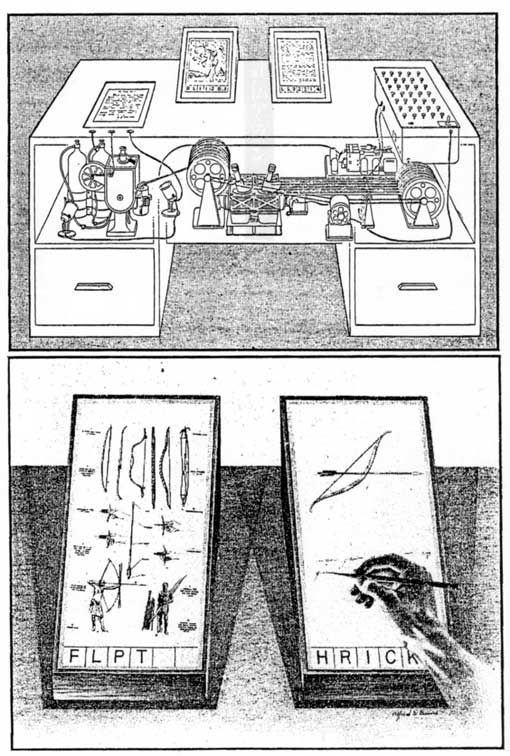
Tara Lie : 7 May 2022 22:28
Author: Massimiliano Brolli
Original Publication Date: 15/11/2021
Translator: Tara Lie
Today I would like to bring a visionary essay to light, a source of inspiration for many scientists that have contributed to technological innovation, especially in computer science in the years following its publication.
The essay, written in 1945 by Vannevar Bush, was published in the journal Atlantic Monthly. It introduced science to a new way of thinking, making it clear that for years, all inventions had only taken the extent of humankind’s physical powers into consideration, rather than the power of their minds.

Iscriviti GRATIS alla RHC Conference 2025 (Venerdì 9 maggio 2025)
Il giorno Venerdì 9 maggio 2025 presso il teatro Italia di Roma (a due passi dalla stazione termini e dalla metro B di Piazza Bologna), si terrà
la RHC Conference 2025. Si tratta dell’appuntamento annuale gratuito, creato dalla community di RHC, per far accrescere l’interesse verso le tecnologie digitali, l’innovazione digitale e la consapevolezza del rischio informatico.
La giornata inizierà alle 9:30 (con accoglienza dalle 9:00) e sarà interamente dedicata alla RHC Conference, un evento di spicco nel campo della sicurezza informatica. Il programma prevede un panel con ospiti istituzionali che si terrà all’inizio della conferenza. Successivamente, numerosi interventi di esperti nazionali nel campo della sicurezza informatica si susseguiranno sul palco fino alle ore 19:00 circa, quando termineranno le sessioni. Prima del termine della conferenza, ci sarà la premiazione dei vincitori della Capture The Flag prevista per le ore 18:00.
Potete iscrivervi gratuitamente all'evento utilizzando questo link.
Per ulteriori informazioni, scrivi a [email protected] oppure su Whatsapp al 379 163 8765

Supporta RHC attraverso:
Ti piacciono gli articoli di Red Hot Cyber? Non aspettare oltre, iscriviti alla newsletter settimanale per non perdere nessun articolo.
Vannevar Bush was an American engineer, born on the 11th of March 1890. He was the Vice President of MIT, and held many patents of analogue computers, as well as being the inventor of the differential analyser.
From 1945, he directed the United States Office of Scientific Research and Development. This organisation performed a lot of military research, such as developing radar systems, as well as overseeing the Manhattan Project which allowed the production of the first nuclear bombs.
Written in 1945, the essay titled “As We May Think” was published in the journal Atlantic Monthly in the July, as well as a condensed version being republished in the September of the same year, practically straddling the Hiroshima and Nagasaki bombings.

Bush expressed his concern about scientific efforts moving in the direction of mass destruction, rather than understanding. He explained the desire and the need of a type of “collective memory machine”, with an enormous potential to make knowledge more accessible for all, as well as answering the question:
“How can technology contribute to the wellbeing of humanity?”
The essay bases its reasoning on a premise: Human knowledge is a set of connected knowledge, and has a universal dimension that cannot be limited to the life of an individual.
Knowledge is the result of a continuous process, built due to a fruitful collaboration among scientists, and includes the wealth of all human knowledge, where access to scientific information is a necessary condition for the growth of mankind.
In fact, the essay did not just pose a mere technical question, the subject was mostly a strong philosophical and political reflection upon how knowledge is produced and communicated.
Bush, in the sixth section of the eight-part essay, presents the “memex”, a sort of extension of human memory in the form of a mechanical desk containing a microfilm archive inside. This would have been the storage method for books, registers, and documents, in order to subsequently be able to reproduce them and associate them with each other.

The memex takes its name from the words “memory extender”, and its purpose was considered essential by Bush, saying that
“The human mind […] operates by association. With one item in its grasp, it snaps instantly to the next that is suggested by the association of thoughts, in accordance with some intricate web of trails carried by the cells of the brain.”
In fact, the memex helps a researcher to remember things more quickly, in addition to being able to quickly see their archives of information by typing the code of the register and the book, in a way that it can be called and immediately viewed on one of its screens.
The interface was simple, consisting of buttons and simple levers.
Pushing the lever to the right moves to the next page of a document, and pushing it even further to the right causes the memex to scroll 10 pages at a time. Logically, moving the lever to the left has the same functionality but in the opposite direction, while a special button allows a complete shift, repositioning to the first page of the text.
Moreover, the user of the memex would have been able to have opened several books at the same time, perhaps on the same subject, creating a path and various links between the information. This would in fact define a new book, as well as including note-taking thanks to dry photography technology.
Bush, with this essay, strongly anticipates what we will see a few decades later on the world wide web. He also revolutionises the concept of the workspace, introducing page-by-page navigation via links and connections.
This essay inspired the subsequent innovation of the “oN-line-System” in a fundamental way, the operating system created by Douglas Engelbart, presented in the 1968 “Mother of all demos” which we discussed in a previous article on Red Hot Cyber.
 Tara Lie
Tara Lie